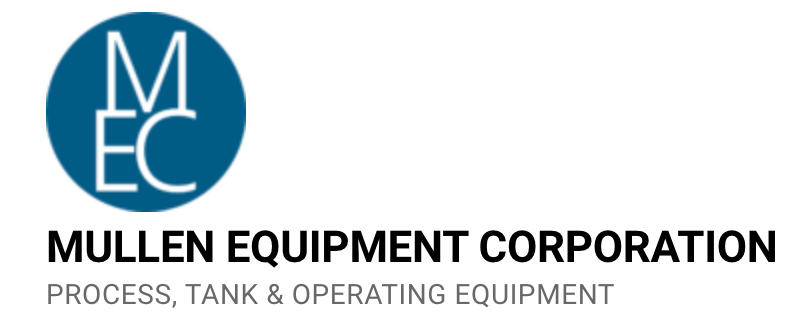Leveraging Tantalum for Repairing Glass-Lined Process Tanks: Precautions When Pulling Vacuum

Glass-lined process tanks are essential components in various industries, providing corrosion resistance and durability for handling aggressive chemicals. However, when damage occurs, utilizing tantalum patches for repairs can be a viable solution. While tantalum offers excellent resistance to corrosion and high temperatures, caution must be exercised when pulling a vacuum in the vessel after applying the repair patch.
Utilizing Tantalum for Repairing Glass-Lined Tanks:
Tantalum is a highly corrosion-resistant metal that is often used in chemical processing applications where aggressive media and corrosive environments are present. When it comes to repairing glass-lined process tanks, tantalum patches can effectively restore the integrity of the vessel, ensuring continued operation without compromising the contents or risking leaks.
Dangers of Pulling Vacuum with Tantalum Patch:
One critical consideration when using tantalum patches for repairs on glass-lined tanks is the potential risks associated with pulling a vacuum in the vessel. Tantalum is known for its ductility and ability to withstand corrosive environments, but it is also susceptible to embrittlement under vacuum conditions. Applying excessive vacuum pressure to a tantalum patch can lead to stress concentrations and potential failure points, jeopardizing the structural integrity of the repair and the overall safety of the vessel.
Precautions to Take:
To mitigate the dangers of pulling a vacuum in a vessel with a tantalum patch, it is essential to adhere to proper safety protocols and precautions. Some key considerations include:
1. Consultation with a Qualified Engineer: Before pulling a vacuum, seek guidance from a qualified engineer or materials specialist familiar with working with tantalum and glass-lined tanks. They can provide specific recommendations tailored to your repair application.
2. Pressure Testing: Conduct thorough pressure testing to ensure the integrity of the repair and verify that the tantalum patch can withstand the anticipated vacuum conditions without compromising safety.
3. Monitoring and Inspection: Regularly monitor the vacuum pressure and visually inspect the repaired area for any signs of stress, deformation, or other potential issues. Immediate action should be taken if any abnormalities are detected.
4. Use of Safety Devices: Implement safety devices such as pressure relief valves or rupture discs to safeguard against overpressure situations and prevent catastrophic failure.
Conclusion:
In conclusion, the use of tantalum for repairing glass-lined process tanks can be an effective solution to extend the operational life of vessels in corrosive environments. However, when pulling a vacuum in a vessel with a tantalum patch, it is crucial to exercise caution, follow industry best practices, and take necessary precautions to ensure the safety and reliability of the repair. By adhering to proper protocols and safety measures, businesses can leverage tantalum effectively for tank repairs while minimizing risks and maximizing operational efficiency.
